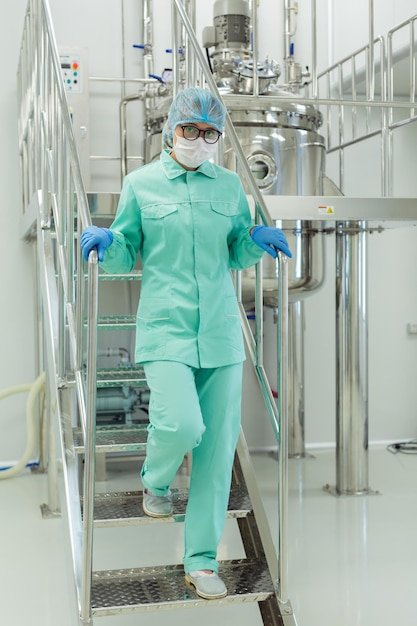Medical equipment must meet specific regulatory standards before being approved for use. This makes the production process both costly and time-consuming, as it involves several steps: design, testing, and manufacturing.
To reduce the cost and time involved in producing medical equipment, streamlining each step is essential. However, cutting costs or time should never compromise quality and compliance. Quality assurance is critical in medical equipment production because substandard products can be harmful to patients and fail to meet regulatory requirements.
Reducing Time and Cost in Medical Equipment Production
Here’s a guide on how to reduce the time and cost of producing medical equipment:
1. Use Rapid Prototyping: Rapid prototyping is an economical way to test designs quickly. It utilizes 3D printing and other computer-aided technologies to create working models of the products.
2. Have a Strong Development Team: A skilled team is crucial for speeding up the time to market and cutting costs. The team should consist of experts knowledgeable about the healthcare industry and its regulations.
3. Reduce Material Waste: Cutting material waste during production can significantly lower costs. Efficient use of materials and minimizing energy or resource consumption can contribute to this.
4. Work With Quality Suppliers: Collaborating with reliable suppliers ensures parts are available on time and meet regulatory standards, helping to avoid delays and costly recalls.
5. Employ Automation: Automating repetitive processes can reduce labor costs and improve efficiency.
6. Ensure Compliance With Regulations: Ensuring your products meet all relevant regulations and standards can avoid costly recalls and expedite market approval.
7. Get Real-Time Information About the Production Process: Invest in technologies that offer real-time insights into the production process.
8. Ensure Quality Control: Implement quality assurance procedures to meet required standards for safety, accuracy, and efficacy at every production stage.
With the right strategies, such as automation, regulatory compliance, real-time monitoring, and robust quality control, medical equipment production can become faster and more cost-effective.



